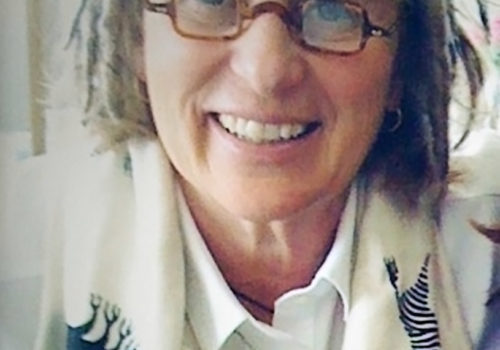What is happening with photojournalism?
Print Media was the 20th century. The 21st century has given rise to the digital age.
With this has come a decline in newspapers, a loss of newspaper photojournalists and even photo departments. Falling print subscriptions. There is a drive towards video. Citizens have become reporters with mobile device cameras and video taping capabilities. The Internet has created a place where there is a glut of imagery, and a change of the news industry, as we knew it. Profits have often superseded news making.
The ways of reporting the news have changed. So much of our television news has been heavily biased, depending on whose doing the reporting. There has been a trend towards editorializing the news, in some broadcast media outlets.
We are in a transformative period. Images still matter. They are often the best representation of valid unbiased reportage. Throughout history, since the arrival of photography, photographs can be and have been a catalyst for change. Great work will always be produced, but the storytellers need support.
During this time of change, the old ways of doing the business of photojournalism have disappeared. We have entered the age of big Data. Millions of images are shared each day, more data is consumed, with statistics that baffle the imagination.
By the minute: 100,000 tweets, 262,000 dollars spent, 3,600 Instagram photo’s shared, 48 hours of video’s uploaded, by some 2.1 billion people.
The number of people accessing the Internet is staggering. How to tap into the 2.1 billion? The Internet has opened new channels for proliferation of the news. This source has yet to be fully realized in its potential for reaching a greater audience.
The transformation has been towards online reporting sites, new outlets, and new ways to present stories., new ways to fund. The New York Times produced an immersive online 80,000-word story, Snow Fall, inclusive of still photographs, video and moving graphics. This kind of reportage was not possible in print.
Documentary photographers have organized themselves into like-minded and/or mission driven collectives. Documentary agencies such as Magnum have re-organized and been revitalized with an influx of capital and a new business model. Al Jazeera America and Al Jazeera have promoted long form journalism, which requires more images. Kick-starter has been a source of funding for photographic projects, books and films. Photography contests, such as the Prix Pictet, which has a yearly themed contest, awards the winner a $100,000.00 prize. Foto Fest Houston has been supporting photographers through their scholarship program, biennial portfolio reviews (the Meeting place) and international discoveries exhibitions.
NGO’s (non-governmental organization; non profit, voluntary citizen group organized on a local, national or international level) fund photography projects. There are photo agencies and organizations that have a non-profit status, and are able to acquire grants from Foundations, trusts, corporations, and individual donors. Agencies such as Getty and Corbis Images have photographers on retainers and also buy archives. These stock photography agencies have expanded the market, in some ways to the detriment of the image-makers by providing royalty free or low priced photography; changing the market value, at a cost of de-valuing the product.
For those just starting out, remember there are great stories to be revealed in your own back yard. Find your vision and develop your voice. Malcolm Gladwell who authored The Outliers: The Story of Success. Examined the factors that contribute to high levels of success. His claim is the 10,000 hours rule, practicing the correct way for this amount of time is the road to accomplishment. This may be an oversimplification, but photojournalist could be defined as that group that operates at this extreme outer edge.
At this time, photojournalists have to be creative, it’s the critical thinkers and innovators that have and will change the way the business of the work is produced and delivered. The means of delivery to a wider audience is accessing new tools and new kinds of programming. Most of the 2.1 billion Internet users are on mobile devices, especially the millennials. That is the wave that needs to be tapped.
Patricia Lanza, Director of Annenberg Space for Photography
















